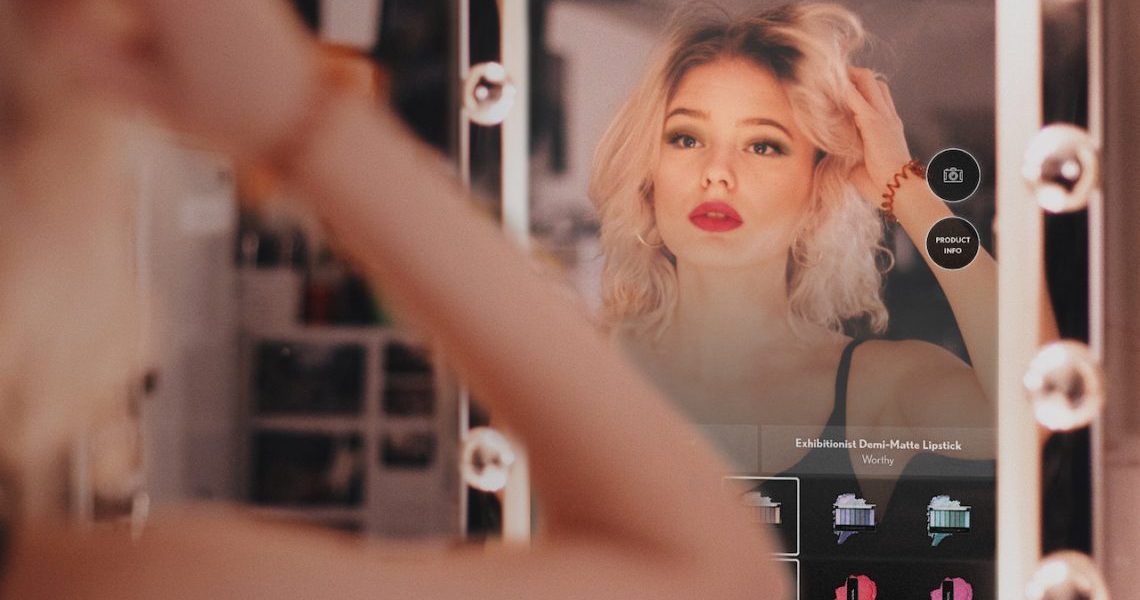As the lines between physical retail and e-commerce continue to blur in beauty in an effort to provide an omnichannel experience for the customer, mega-corporation Coty has been hard at work on the back end to provide experiential, technology-driven activations in all channels.
Though Coty’s ship is large and has struggled recently, due to its consumer business, Fred Gerantabee, global vp of digital innovation at the company, is leading the charge to bring technology across all its divisions, including consumer (CoverGirl and Rimmel), luxury (Burberry and Calvin Klein fragrances) and professional (Clairol and Wella).
“We want to leverage tech, and that includes augmented reality, AI, voice and other services, both from a problem-solving perspective and a new technology perspective,” said Gerantabee.
Glossy caught up with Gerantabee to discuss what types of technology are top of mind at Coty, from an overall company point of view and a brand-by-brand perspective.
When you think about what is important for Coty, are you thinking about specific tech initiatives by brand or more holistically across the company?
It’s the latter. When we look at certain technologies — like, say, augmented reality — they are brand agnostic. We may deploy a technology with a brand, but, ultimately, the goal of everything I do is to say, “How does this serve Coty as a whole?” “How do we make this scale?” and “Can we make this scale?” Things like voice and AR are very effective tools, so when we think about solutions, whether it is for hair or color cosmetics, it’s applicable to all of our businesses, but can be customized. We may start with Clairol and then apply it to Wella, for example, and then move on to CoverGirl and Rimmel.
What is something that you are doing now with one brand that you hope to roll out across the entire portfolio?
Friction-free AR is one of our biggest priorities — taking something that has historically lived in native ads and bringing that to the web. The goal is that anybody who has a mobile web browser will be able to instantly experience [virtual try-on and AR] without downloading another app or creating that overhead. Our consumers are less interested in getting one brand app; they are much more discerning about what they are going to download on their phones — so if there is no category-level utility, there is no point. We deployed that experience for CoverGirl last year, and we are systemically deploying it this year — we just did it for Max Factor in the U.K., in partnership with Boots, and we are doing it for Rimmel later this year. We want to make sure it lives in retail too, so we have two stations with this capability in CoverGirl’s Times Square store and one in our Bourjois boutique in Paris. We want to scale it in different settings, not just in our standalone stores. We hope to make it easy for partners, especially if we could do it in a Target or a Walmart, which are huge retail drivers of our businesses.
AR has typically been a customer-driven experience. When you bring it into retail and to sales associates, what is important to remember?
We’ve designed the stations in CoverGirl and Bourjois so they are store aware, so rather than be standalone stations in their own swim lane, they give a handoff to the beauty associate. The customer gets a manifest of the products they tried on virtually, and then they go to the BA, they get help picking the products out, and then the BA takes the customer to the register or emails them the product recommendations, which also is a CRM and email play. It’s a way to tie it into all the other things happening at the store. At our Bourjois boutique, there is a printer, which prints out a card showing the products you chose, and you quickly take that to check out. The goal isn’t to replace the beauty associates — technology has to enhance what’s already happening in stores for it to work. We don’t want the BAs to be trained to be technical support in these experiences, but rather to be able to answer questions about actual product and functionality.
Ad position: web_incontent_pos1
With so much beauty discovery happening online, do the online and physical retail technology touch points need to mirror one another, or can they be customized?
Both. The core mechanisms need to be the same, but we need to understand that people’s behavior in the stores is going to be different than online. People in stores are shopping for other things, and they also like touching and feeling products. What we’ve done in CoverGirl and Bourjois is that when a customer picks up a product, the screen reacts with more product information — that is something that you can only do in a store, and it elevates the real-life shopping experience. You can’t do that online.
Are there any other technologies you want to double down on?
I’m particularly interested in voice and AI. Last year, we deployed an Amazon skill called “Let’s Get Ready” in the U.K., which culminated five of our brands: Clairol, Rimmel, Max Factor, Bourjois and Sally Hansen. And then we brought the Clairol Color Expert to the Google Assistant in the U.S. earlier this year. We have our eyes on how to scale both globally. I think voice is the next frontier. It’s is so proximate and reactive to how people actually live. As user adoption continues, its just like search: People’s search behavior is very tied to a language that people have been taught by the internet, so people search the way they know will yield results. Being able to ask a voice assistant a simple question that will yield a result is the same thing and could have big effects on how customers shop.


